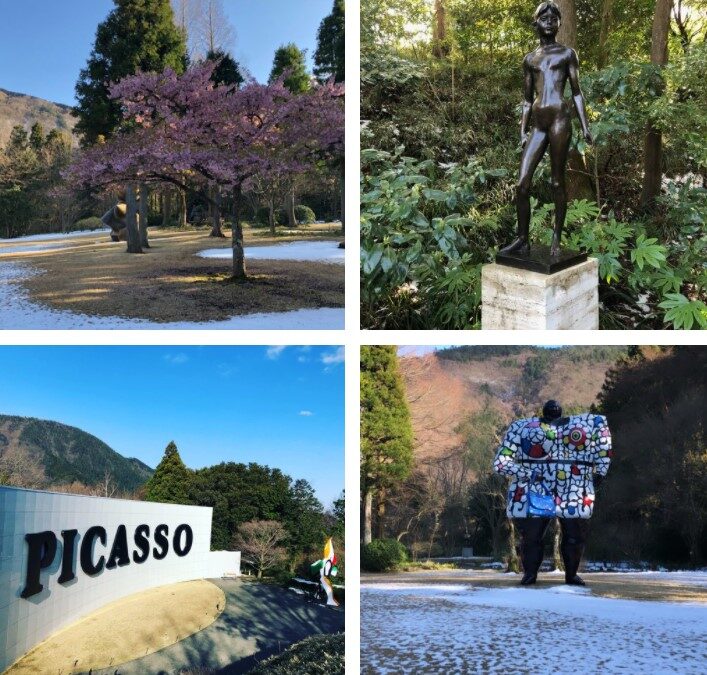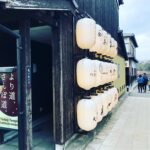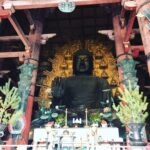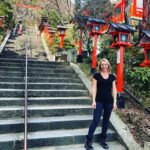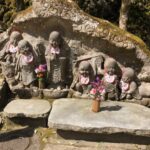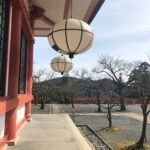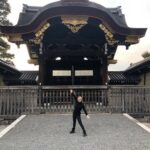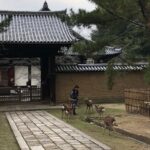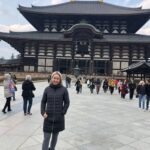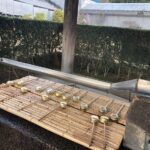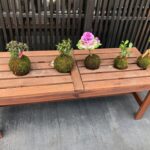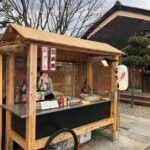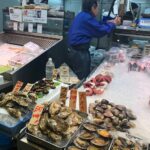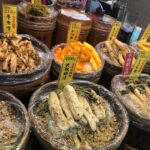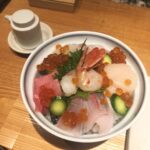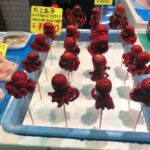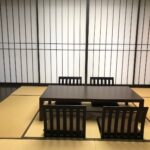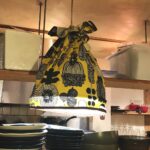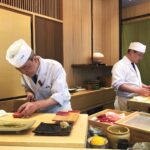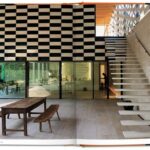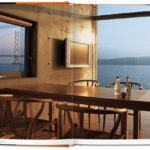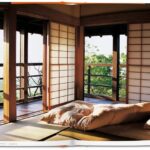I have always been most inspired when traveling. I take my kids to France every summer so that they can be exposed to the same sites and surroundings that I was when I was growing up. The rich histories of every city and countryside, master artists and architects, and storied cobblestone streets. Immersing myself and my family in other cultures plays such an important role in our lives, and these influences always, always manifest through my designs. This year, I journeyed to Japan for the first time, and I haven’t stopped thinking about it since. The respect they have for tradition, their reverence for nature and simplicity resonates with me to my core. And that was especially clear as soon as I stepped foot into The Hakone Open-Air Museum, a 50-year-old sculpture garden set amidst natural forest in the Ashigarashimo District of Kanagawa Prefecture. Along with works by Picasso, Henry Moore, Taro Okamoto (who studied at the Panthéon-Sorbonne in Paris) and more, I was awe-struck by the towering Miss Black Power by Niki de Saint Phalle (her French-American heritage makes her work even more meaningful to me than it already is).
But the Hakone National Park was only one stop on our route. Ever hear of the Jishu Jinja Shrine? We visited this site—the oldest shrine in Kyoto devoted to the gods of love and relationships—and could feel the mysticism of the ancient rituals that have taken place here for centuries. It’s located on a holy mountain called Horaisan and boasts architecture that dates back centuries as well. For more sacred inspiration, we went to the Todaiji Temple in Nara, one of the most significant Buddhist temples first built in the year 752! (The main hall was considered the largest wooden building in the world until recently, even though it stands at only two-thirds its original height thanks to a reconstruction in 1692.) A number of smaller temple sites can be found throughout Nara Park, and so can these adorable deer that roam free and walk right up to you. And yes, Mount Fuji is as magnanimous in person as I imagined it was. And yes, I sipped cocktails in the Shiba-koen district of Minato with the Tokyo Tower in the distance, and yes it was inspired by the Eiffel Tower.
But aside from soaking in all of these sights, an obvious way to get to the heart of a place is through an authentic meal. What better way to learn about a culture than indulging in traditional fare? Even if that means eating an octopus lollipop with a hard-boiled quail egg inserted in its head. There was the Nishiki Market in Kyoto; saki, sushi and fish soup; and the traditional ryokan, or Japanese inn, where I stayed in Hakone.
But perhaps my favorite was the Bloody Mary Ritual at the St. Regis Osaka, where the hotel celebrates its signature version of the classic cocktail with The Shogun Mary, infused with Japanese wasabi and yuzu fruit.
Image credits: 1-4, courtesy St. Regis Osaka
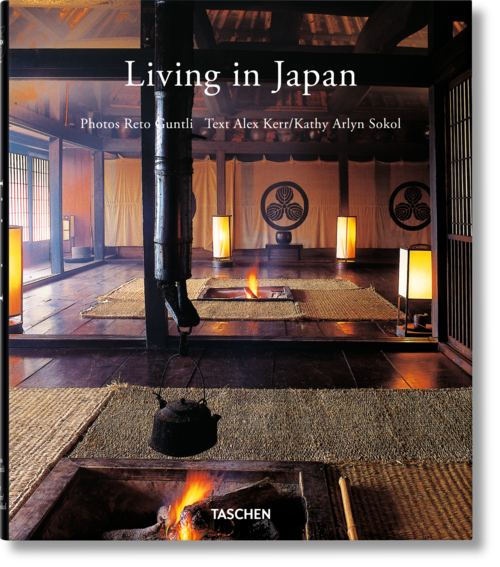 “Living in Japan explores the principles of Japanese design—tranquility, nature, warmth of materials, and Zen-inspired philosophies.”
“Living in Japan explores the principles of Japanese design—tranquility, nature, warmth of materials, and Zen-inspired philosophies.”
I design with thoughtful minimalism, so when I came across the Taschen book Living in Japan, featuring words by Alex Kerr and Kathy Arlyn Sokol, and images by Reto Guntli, I immediately had to have it. It explores the principles of Japanese design—tranquility, nature, warmth of materials, and Zen-inspired philosophies. With works by Tadao Ando and Shigeru Ban (who designed a personal favorite, the Aspen Art Museum), there’s really nothing to not love about this book. And I’ll keep it as a reminder that intention in design matters and simplicity is never simple.
Image credits: courtesy Taschen

